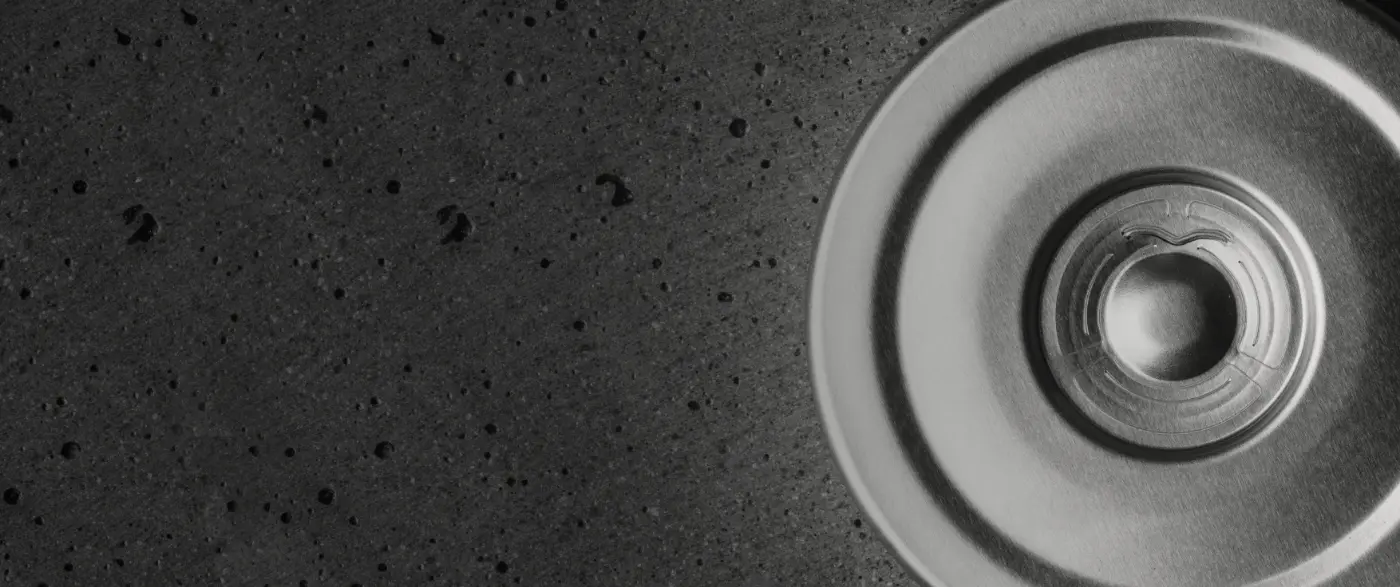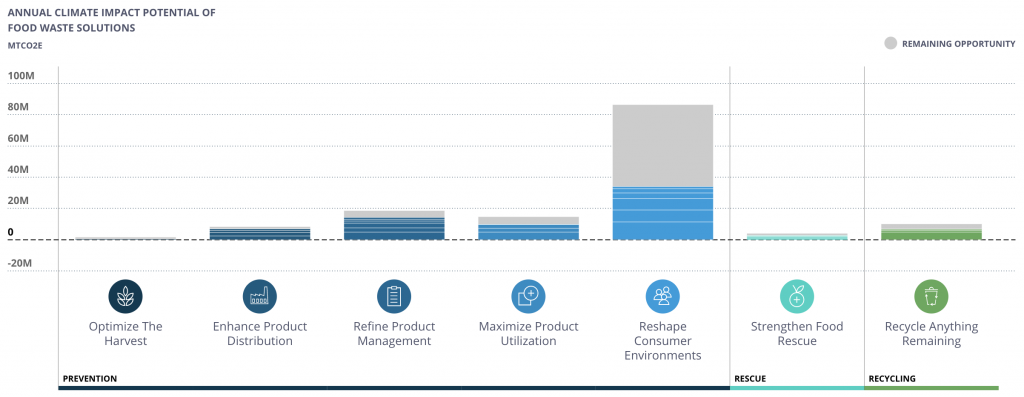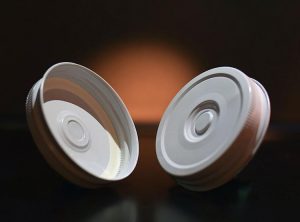The Role of Packaging in Reducing Food Waste

Approximately 815 million people worldwide don’t have enough to eat. Even as food insecurity remains a global issue, the world produces 1.4 billion tons of food waste – enough to feed as many as 2 billion people each year.
In the United States, food waste is estimated at between 30% to 40% of the food supply and over 70 billion pounds of food waste reaches our landfills every year according to the EPA. Research reveals that the average household wastes 31.9% of the food it buys, translating to annual U.S. consumer-level food waste valued at $240 billion.
A UN Environmental Programme report noted that food waste “has substantial environmental, social and economic impacts.” The report pointed out that 8 to 10% of global greenhouse gas emissions are associated with unconsumed food.
Clearly, there are many serious repercussions associated with food waste and we have a long way to go in combatting the problem. Brands can do their part by adopting packaging innovations that help prevent food waste.
ReFed, a national nonprofit organization working to end food loss and waste across the U.S. food system, identified package design as one action area for reducing food waste. According to ReFed’s Insights Engine which features a detailed cost-benefit analysis of more than 40 food waste reduction solutions, changes to packaging design could help divert 650,000 tons of food waste, reduce emissions by 3.57 million metric tons and save 120 billion gallons of water per year.
Innovations in packaging design that optimize features such as resealability can help reduce household food waste volumes by extending the shelf life of products, maintaining food freshness and preventing spoilage. This maximizes the consumption of food and reduces the amount of food ending up in our landfills.
Brands that adapt packaging to help reduce food waste can gain market share with sustainably minded consumers who are concerned about food waste and do their part to meet the USDA and EPA food loss and waste reduction goal, which calls for a 50% reduction by 2030.
Food manufacturers can help tackle the serious issue of food waste by partnering with innovative companies like us. Our EEASY Lid, a re-closable, easy-to-open jar lid innovation that keeps products fresh, can help the food industry be part of the solution for cutting food waste, an effort that can drive significant social, economic and environmental benefits.

